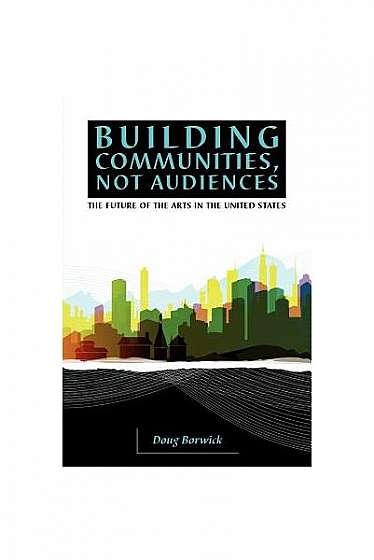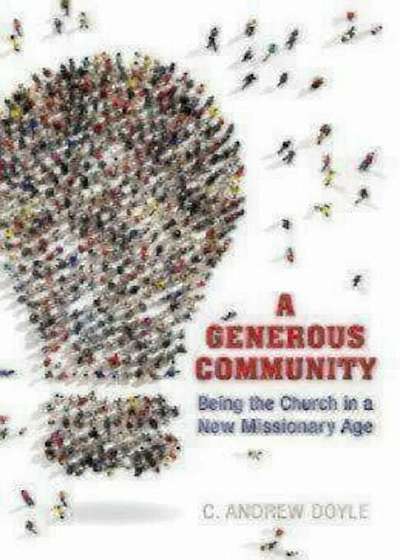
Building Communities, Not Audiences: The Future of the Arts in the United States, Paperback
Descriere
Contributor(s):Author: Doug Borwick Building Communities, Not Audiences: The Future of the Arts in the U. S, written and edited by Doug Borwick, holds that established arts organizations, for practical and moral reasons, need to be more deeply connected to their communities. It serves as an essential primer for any member of the arts community-artist, administrator, board member, patron, or friend-who is interested in the future of the arts in the U. S. It also provides new ways of looking at the arts as a powerful force for building better communities and improving lives. ""It is from community that the arts developed and it is in serving communities that the arts will thrive . . . Communities do not exist to serve the arts; the arts exist to serve communities."" Building Communities, Not Audiences identifies the factors that serve to isolate established arts organizations from their communities, points out the trends that loom as imminent threats to the long-term viability of the artistic status quo, and presents principles and mechanisms whereby arts organizations can significantly extend their reach into the community, supporting enhanced sustainability. Included are case studies and examples of successful community engagement work being conducted by arts organizations from around the U. S. Twenty-three contributors, representing chamber music, dance, museums, opera, orchestras, and theatre as well as an array of arts administration perspectives provide breadth of coverage. ""The economic, social, and political environments out of which the infrastructure for Western 'high arts' grew have changed. Today's major arts institutions, products of that legacy, no longer benefit from relatively inexpensive labor, a nominally homogeneous culture, or a polity openly managed by an elite class. Expenses are rising precipitously and competition for major donors is increasing; as a result, the survival of established arts organizations hinges on their ability to engage effectively





